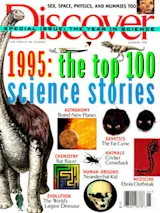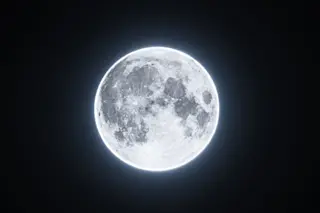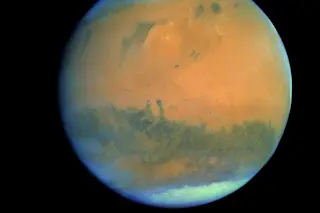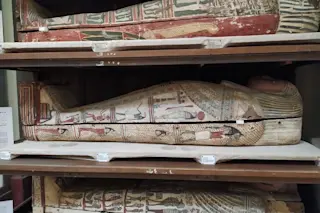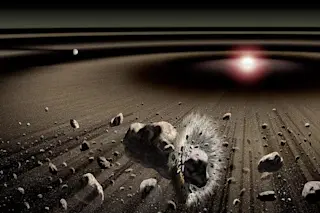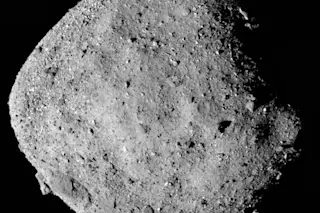Stopping atoms in their tracks is not the only way to get them to show their wavelike nature. Another way is to throw them at a grating with slits so small and tightly spaced that each atom wave passes through two slits at once and is thus split in two. The split waves can then be recombined to produce an interference pattern--alternating bands of intensity in which the matter waves either cancel each other or reinforce each other, just as interfering light waves do. MIT physicist David Pritchard first measured such atomic interference in 1988.
Last February Pritchard and his colleagues reported another first: using the silicon nitride grating shown here, whose slits are just a few hundred-millionths of an inch apart, they managed to separate the split atom waves enough to do separate experiments on them. (The closer the spacing of the slits, the more the waves diverge after ...


